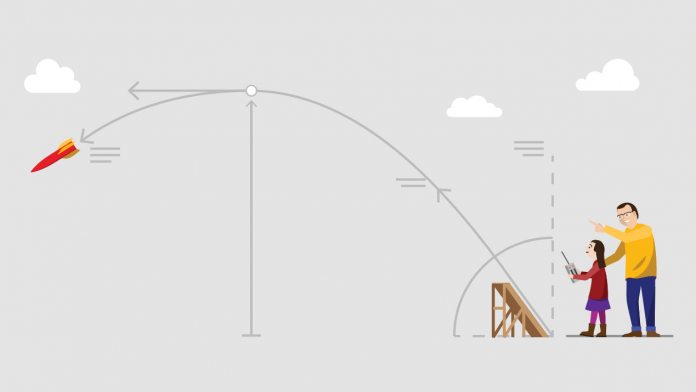A Microsoft-commissioned study seeks to address that knowledge gap with the help of Dr. Shalini Kesar, who has been observing the field for close to 20 years. The results are interesting, and may not necessarily be what you expect. The research combines a ‘comprehensive review’ of 61 articles and studies, combined with focus groups of 44 girls across the US. A quantitative survey reaches 6,009 girls and young women between 10 and 30 to further examine attitudes. The key findings reveal that girls and young women have a hard time picturing themselves in STEM roles, don’t see the path to be creative or have a positive impact, and generally lose interest as time goes on.
Education is Almost Everything
However, Microsoft believes this can be changed with the proper support and education. The research found that those with a female role model in STEM have 73% chance of understanding how it’s relevant, versus 53% without. It also found that when given after being given examples, girls grades 5-12 were up to 20% more likely to see STEM jobs as creative or world-changing. More crucial, though, was support and encouragement. Girls who were encouraged by teacher, mother, or father to pursue STEM were far more likely to want to pursue those subjects in high school. For example, 72% of students who were encouraged by their mother wanted to study engineering in high school, versus 50% with no encouragement. Unfortunately, 32% of middle school girls and 35% of high school girls don’t feel supported by teachers and classmates, with 27% and 21% embarrassed to ask questions. Microsoft is calling for a more inclusive environment and further education to fix those issues. Of course, it’s worth noting that this research doesn’t come with comparisons. It’s unclear if boys get more STEM support from parents than girls, and how exactly the other percentages differ. It’s less of an examination of the gap between genders, and more of a




